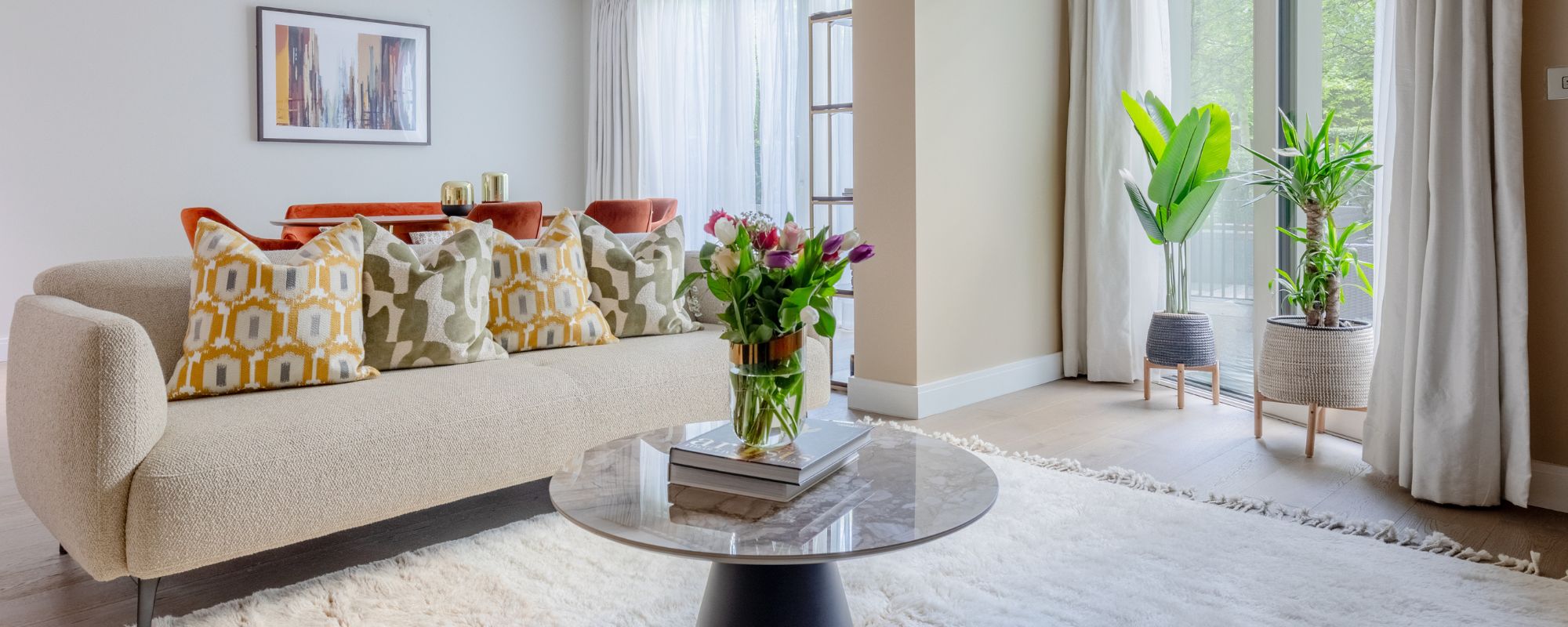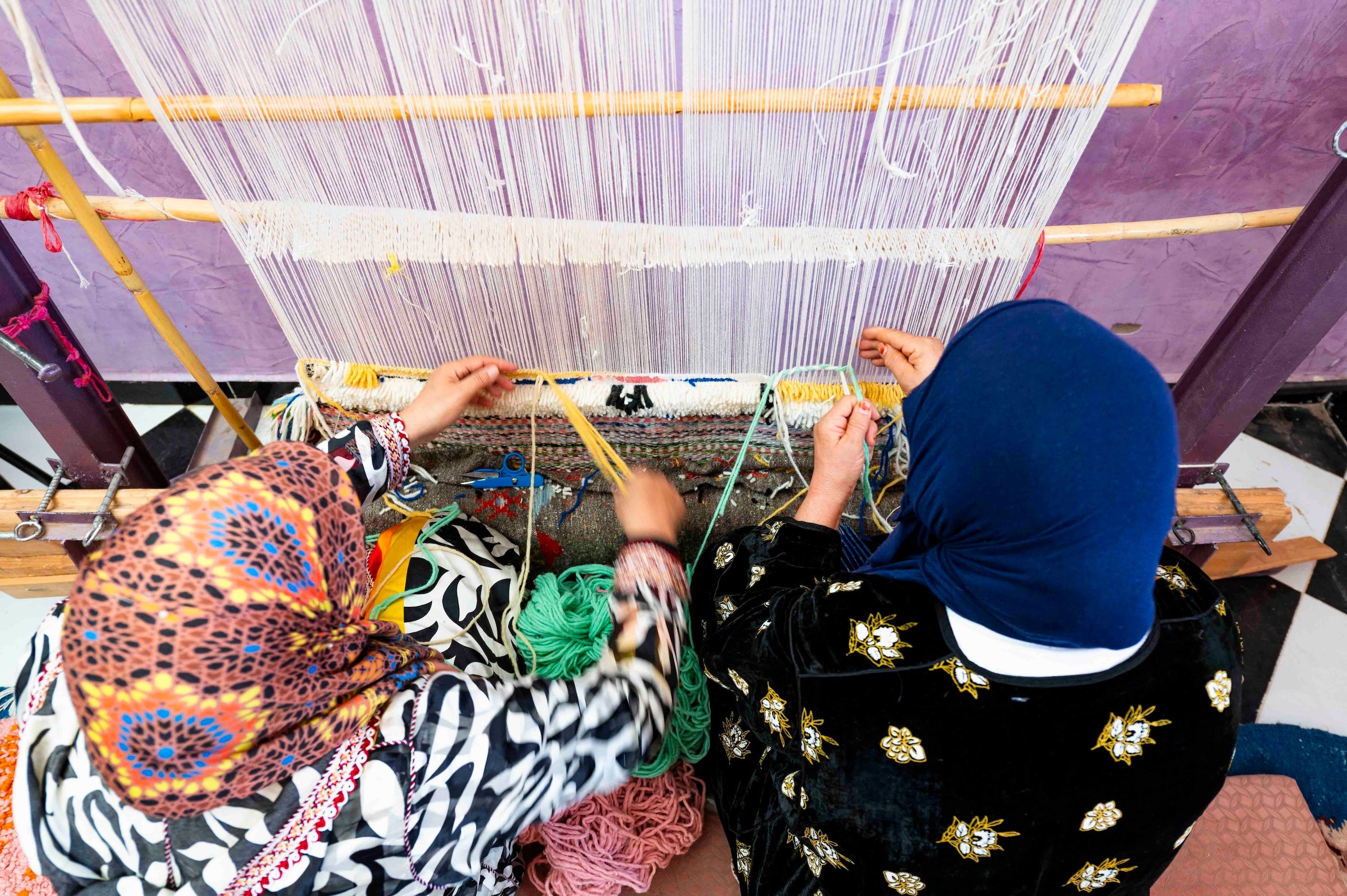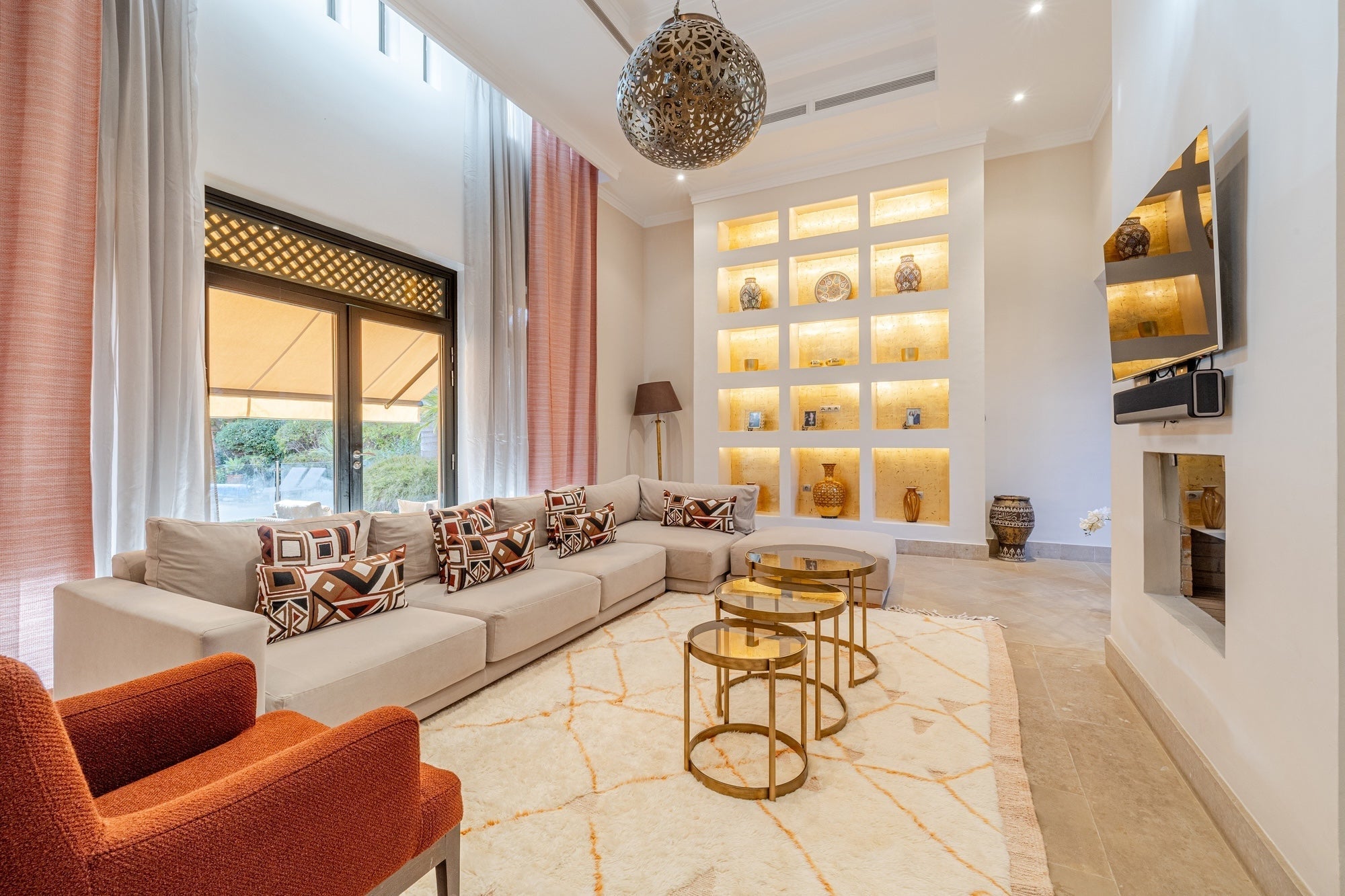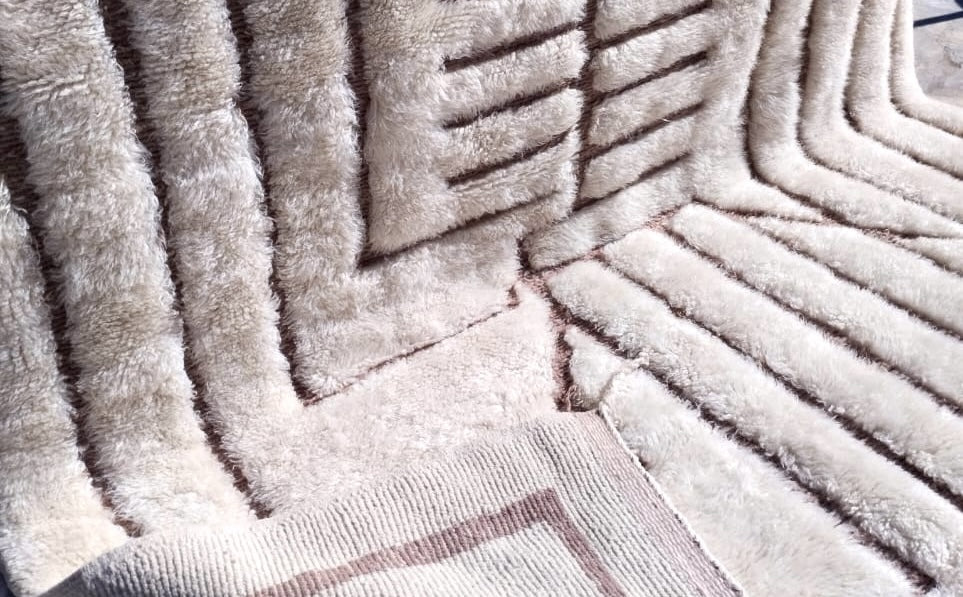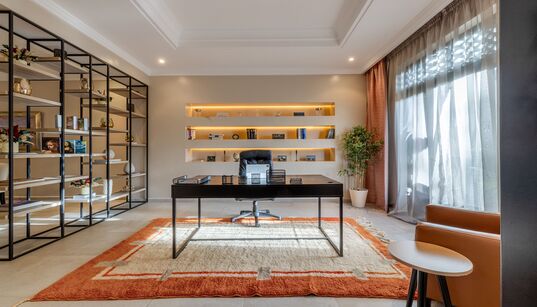Why Natural Weaving Matters Today
In a world where fast fashion and mass production dominate, there is a growing movement toward craftsmanship, authenticity, and sustainability. Homeowners and designers are seeking not only beauty but also ethical home décor that aligns with values of responsibility and tradition. Among the most enduring expressions of this shift are Moroccan rugs, which have been handwoven for centuries using natural techniques passed down through generations.
These rugs embody artistry, heritage, and sustainability. Whether you’re styling a chic loft in London or curating a cozy countryside retreat, choosing pieces like Handmade rugs in uk collections gives your home both aesthetic warmth and ethical substance.
This article explores the natural techniques used in weaving Moroccan rugs, why they remain relevant in 2025, and how they inspire modern design trends worldwide.
The Roots of Moroccan Weaving Traditions
Moroccan weaving is more than a skill — it is a cultural identity. In Amazigh (Berber) communities, rug weaving was historically a means of storytelling, with each pattern and motif carrying symbolic meaning. Artisans used natural fibers like wool from local sheep and dyes derived from plants, roots, and minerals.
When we talk about Handcrafted Moroccan rugs, we aren’t only describing their physical creation but also the preservation of cultural rituals. The choice of hand-spun wool, sun-drying techniques, and loom weaving all ensure that no two rugs are alike. Each is a unique reflection of the artisan’s touch.
Today, global demand for authenticity has re-centered this tradition, placing Moroccan weaving at the heart of contemporary interior design trends.
Why Natural Techniques Stand Out
1. Hand-Spun Wool
Natural fibers are hand-carded and spun into yarn, giving the rug texture and durability unmatched by machine-made alternatives.
2. Plant-Based Dyes
Instead of chemical dyes, artisans still use natural elements such as henna, indigo, and saffron to achieve earthy and vibrant colors. This ensures sustainability and reduces environmental harm, aligning perfectly with the principles of ethical home décor.
3. Loom Weaving
Every rug is woven on a vertical loom, knot by knot, row by row. This slow and precise process guarantees that the final piece is not only strong but also alive with irregularities that make it unique.
4. Sun-Drying & Finishing
Once dyed, fibers are sun-dried in open air — another testament to eco-conscious craftsmanship. The process blends tradition with natural resources, requiring patience and care.
Moroccan Rugs in Modern Design
In today’s design landscape, Moroccan rugs are no longer confined to traditional interiors. They are styled across contemporary apartments, bohemian studios, and luxury spaces alike. For example, Moroccan rugs London collections show how heritage can merge with modernity, serving as statement pieces in minimalist living rooms or eclectic interiors.
Designers favor them because they bring:
-
Texture that complements modern materials like glass, concrete, and steel.
-
Warmth and color balance in neutral-toned interiors.
-
A narrative of sustainability for homeowners conscious of their footprint.
Trend Spotlight: Sustainability & Ethical Choices
Consumers in the UK are increasingly demanding pieces that represent mindful consumption. This is why collections of Handmade rugs in uk are rising in popularity — they combine artistry with eco-responsibility.
Interior design influencers now showcase Moroccan rugs alongside reclaimed furniture, houseplants, and artisanal ceramics. The trend is not only about aesthetics but also about storytelling — investing in décor that reflects identity and values.
Choosing Handcrafted Moroccan rugs is therefore both a design decision and an ethical one, connecting you directly with artisans who carry on centuries-old traditions.
Natural Techniques vs. Machine-Made Rugs
Why choose handcrafted natural rugs over industrially produced ones?
-
Durability: Natural wool fibers are resilient and last for decades.
-
Health: Plant-based dyes are non-toxic, reducing allergens in the home.
-
Uniqueness: Unlike machine-made rugs, no two artisan rugs are identical.
-
Cultural Value: Supporting rug weavers sustains cultural practices and communities.
Machine-made rugs may be cheaper, but they cannot replicate the artistry and soul that natural techniques deliver.
Styling Ideas for Moroccan Rugs
-
Minimalist Homes: Use a monochrome Beni Ouarain rug to ground open spaces.
-
Bohemian Interiors: Layer colorful rugs for a vibrant, eclectic atmosphere.
-
Luxury Settings: Pair neutral-toned rugs with high-end furniture for understated elegance.
-
Urban Lofts: Contrast raw concrete walls with soft, textured Moroccan rugs for warmth.
For urban buyers, Moroccan rugs London boutiques and online collections provide a wide selection tailored to city interiors.
A Trend Toward Authentic Homes
The move toward authentic living spaces continues to gain traction. Homeowners are asking: does my décor reflect my values? The answer increasingly lies in artisanal products made through natural techniques.
Rugs woven by hand not only embody beauty but also align with ethical home décor — an essential trend of this decade. This isn’t just about a rug on the floor; it’s about the story of how it was made and the values it represents.
Illi Rugs: Carrying the Story Forward
At Illi Rugs, these traditions are more than preserved — they are celebrated. The brand offers Handcrafted Moroccan rugs and ensures that natural weaving techniques remain central to every collection.
By bridging Moroccan craftsmanship with international design trends, Illi Rugs helps customers in the UK and beyond find décor that is both stylish and meaningful. Whether you’re looking for Handmade rugs in uk or browsing curated Moroccan rugs London selections, Illi Rugs offers a direct connection to heritage and artisanship.
The Future of Natural Weaving
As the design world embraces authenticity, sustainability, and cultural depth, Traditional Berber rugs and Moroccan Beni Ourain rugs are set to remain at the forefront of global décor trends. Their natural techniques not only honor centuries of artistry but also answer the call for eco-conscious living.
By choosing handcrafted rugs, you aren’t just decorating your home — you are supporting artisan communities, preserving traditions, and investing in truly timeless pieces.
So next time you’re considering a design update, remember: natural weaving isn’t just a method, it’s a philosophy of beauty, sustainability, and meaning.

